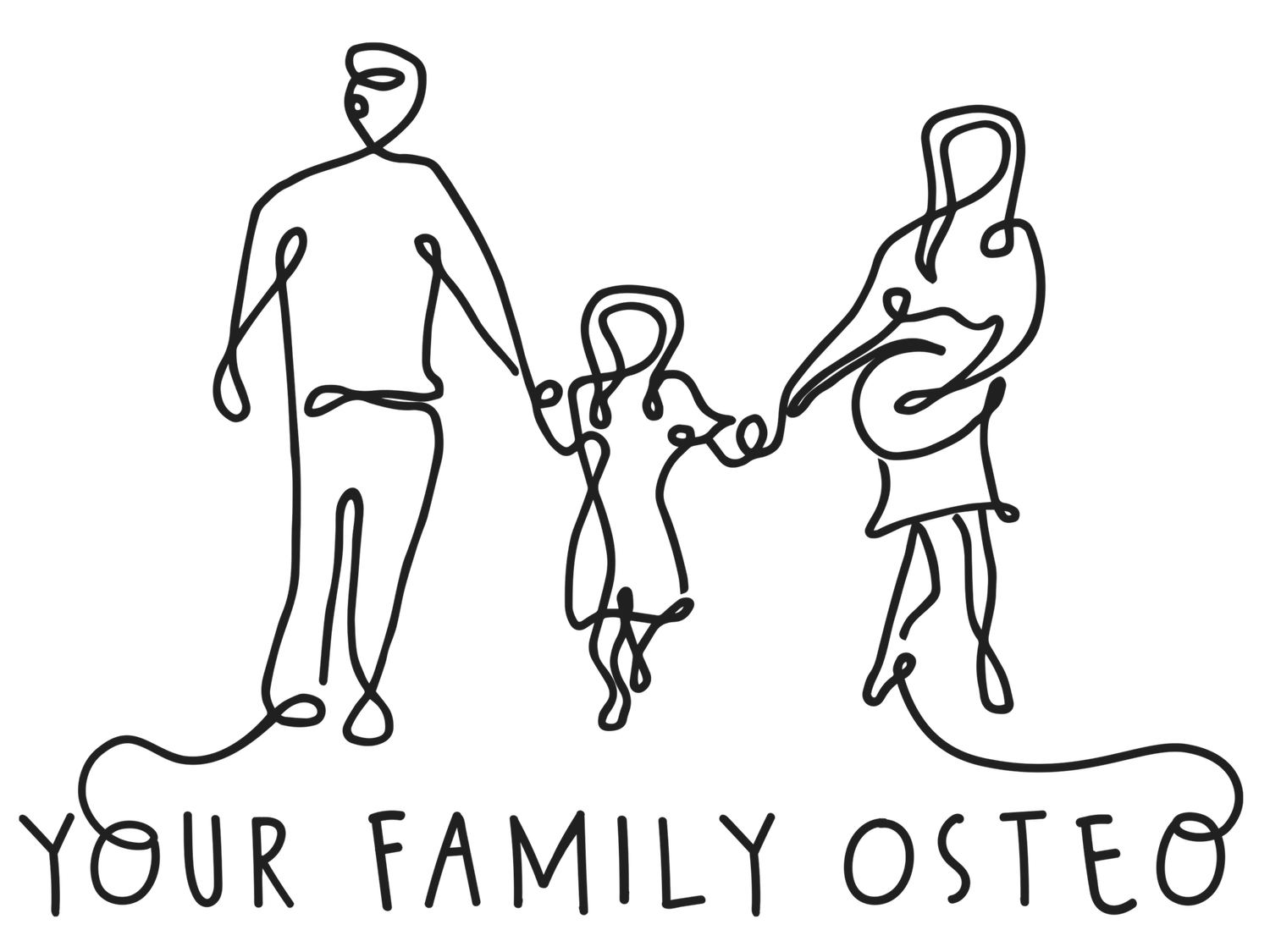Dry Needling and Cupping
What is Dry Needling?
Dry needling is a highly effective and efficient complementary technique for managing chronic pain, stiffness, tendinopathies, and myofascial trigger points, commonly referred to as "knots," in both spinal and peripheral regions of the body.
This technique involves the precise insertion of fine, flexible, and sterile needles directly into trigger points to enhance muscle contraction and release, thereby improving the function of surrounding joints, nerves, and vessels. Dry needling addresses a range of conditions and complements manual therapy by alleviating muscle tension and pain resulting from factors such as stress, postural strains, repetitive strains, and sports injuries.
The fundamental goals of dry needling encompass the relief of muscle pain, tightness, and cramping, alongside the potential enhancement of flexibility. During a session, your practitioner inserts a short stainless steel needle into a trigger point or tense muscle, which may remain in place for a few minutes or be swiftly removed.
Dry needling's benefits are substantiated by research, with an American study published in 2013 demonstrating its superior efficacy compared to a placebo treatment.
Dry needling is a valuable tool for addressing chronic pain and musculoskeletal issues, offering an effective and well-tolerated approach that complements manual therapy.
What is Cupping?
Cupping involves small glass suction cups being applied to the skin, with the therapeutic aim of increasing nutrient-rich blood supply to the injured area to decrease tissue congestion, and improving general range of motion, by stretching/suctioning the superficial connective tissue (FASCIA).
Myofascial cupping is a therapeutic approach that employs specialised cups to create suction on the skin and underlying tissues. This technique offers a range of potential benefits:
Muscle Relief: By encouraging increased blood flow and muscle relaxation, myofascial cupping can help alleviate muscle tension and discomfort, offering relief from tight or knotted muscles.
Enhanced Circulation: The vacuum effect generated by cupping improves blood circulation and lymphatic drainage, aiding nutrient delivery to tissues and waste removal, which can promote overall tissue health.
Fascial Flexibility: Myofascial cupping contributes to the release of fascial restrictions, supporting improved flexibility, range of motion, and better muscle functionality.
Inflammation Management: Cupping therapy has shown potential anti-inflammatory effects, aiding in reducing inflammation and swelling, beneficial for various conditions including chronic pain and injuries.
Stress Reduction: The gentle manipulation of tissues during cupping induces relaxation and stress relief, offering a calming effect and fostering a sense of well-being.
Accelerated Healing: Through heightened blood flow and tissue repair stimulation, myofascial cupping supports the body's natural healing mechanisms, potentially expediting recovery from injuries.
Scar Tissue Care: Cupping may aid in softening scar tissue and adhesions, which can enhance tissue function and alleviate pain related to scars from surgeries or injuries.
Detoxification Support: Increased blood circulation and lymphatic drainage facilitated by cupping may assist in eliminating toxins and metabolic waste, promoting detoxification and a healthier internal environment.
It's important to remember that individual responses to myofascial cupping can vary, and consulting one of our osteopaths before undergoing this therapy is advisable, particularly if you have underlying health concerns or taking certain medications.
All of our Osteopaths are trained in the traditional fire technique and safety is always paramount. A temporary side effect of cupping is discolouration of the area cupped. These marks are temporary and will fade within a few days.





